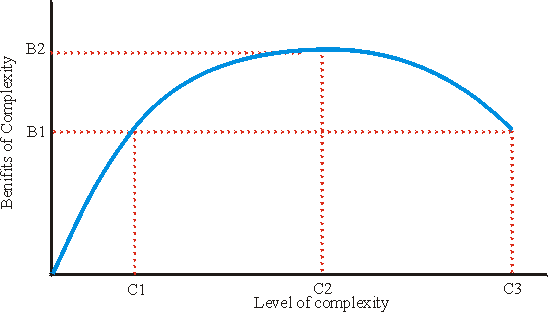 When cheap and simple is just fine:
When cheap and simple is just fine:What do all of these technologies have in common?Phone: Net-based calls can be laggy, and they sometimes drop out in mid conversation. But they can also be free—even international calls—and it's easy to turn conversations into shareable MP3s. Skype now accounts for 8 percent of international calling minutes, and the service added nearly 38 million users in the second quarter of 2009, a 42 percent increase over the same period last year.
Books: Amazon's Kindle can't display complex graphics, and paper still has much higher resolution. But the device does store hundreds of titles in a slim package, ensuring that you always have access to whichever Philip K. Dick tale you're in the mood for. The Kindle is expected to generate $310 million in revenue by the end of 2009. Barron's estimates that annual sales could reach $2 billion by 2012.
Television: Its content may not be hi-def, and you're stuck watching it on a computer screen, but Hulu lets you catch recent television shows and popular movies whenever and wherever you want. For free. No wonder it has 40 million unique viewers—up from just 7 million a year ago.
Computers: On paper, netbooks might seem like crappy toys. They have almost no storage, processing power, or graphics capability. What they do have, though, is accessibility: Cheap, small, and light, they let you connect to the Internet from almost anywhere. Netbook shipments were up sevenfold in the first quarter of 2009.
Compare these qualities with those of the MP3 and the Flip, and a clear pattern emerges. The attributes that now matter most all fall under the rubric of accessibility. Thanks to the speed and connectivity of the digital age, we've stopped fussing over pixel counts, sample rates, and feature lists. Instead, we're now focused on three things: ease of use, continuous availability, and low price. Is it simple to get what we want out of the technology? Is it available everywhere, all the time—or as close to that ideal as possible? And is it so cheap that we don't have to think about price? Products that benefit from the MP3 effect capitalize on one or more of these qualities. And they'll happily sacrifice power and features to do so.Read the whole thing.
Put another way, all of these are examples of technologies that begin to hit diminishing marginal returns of refinement. It's exciting to imagine what other innovations are just around the corner as more of these technologies are developed and combined.

Other examples of "good enough" technologies mentioned in the article include MP3 music, Flip video cameras, Predator drones, micro-clinics, and more.
Heck, combining a couple of "good enough" technologies and you can put together your very own home-made Predator drone:
(HT Chris Meadows)
1 comment:
Very cool stuff.
Our technology has advanced to the point where even at the more primitive end, it can be "good enough."
Post a Comment